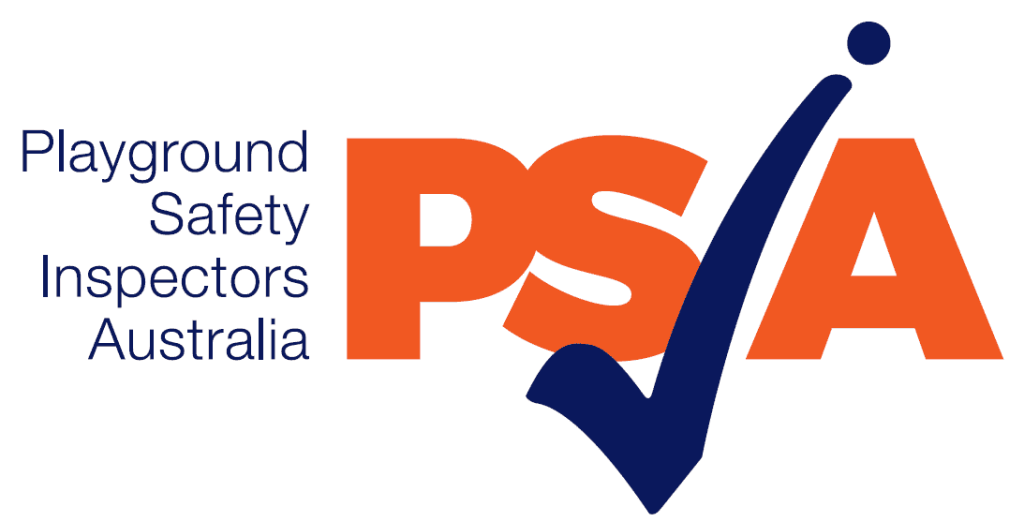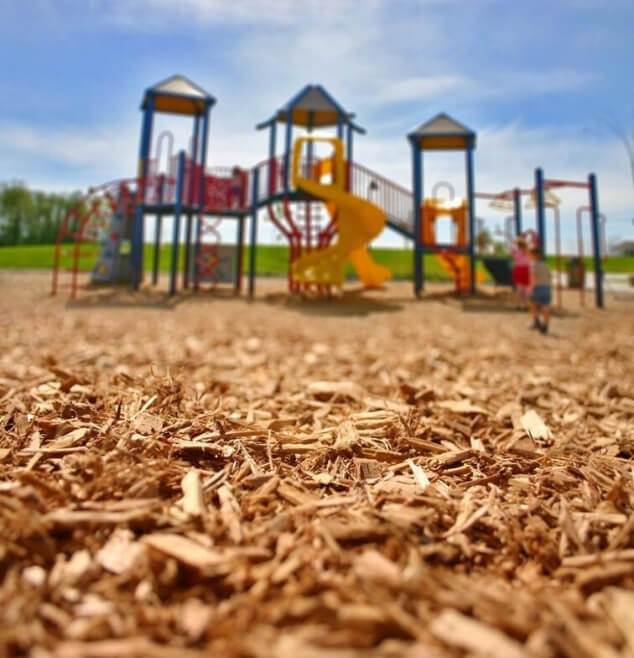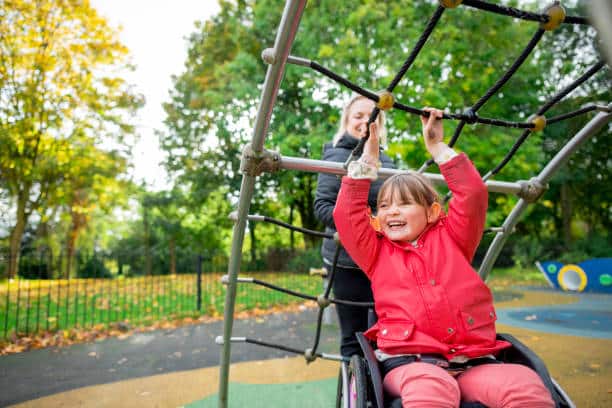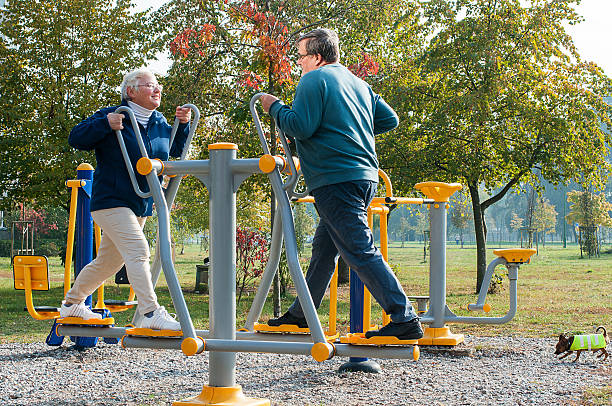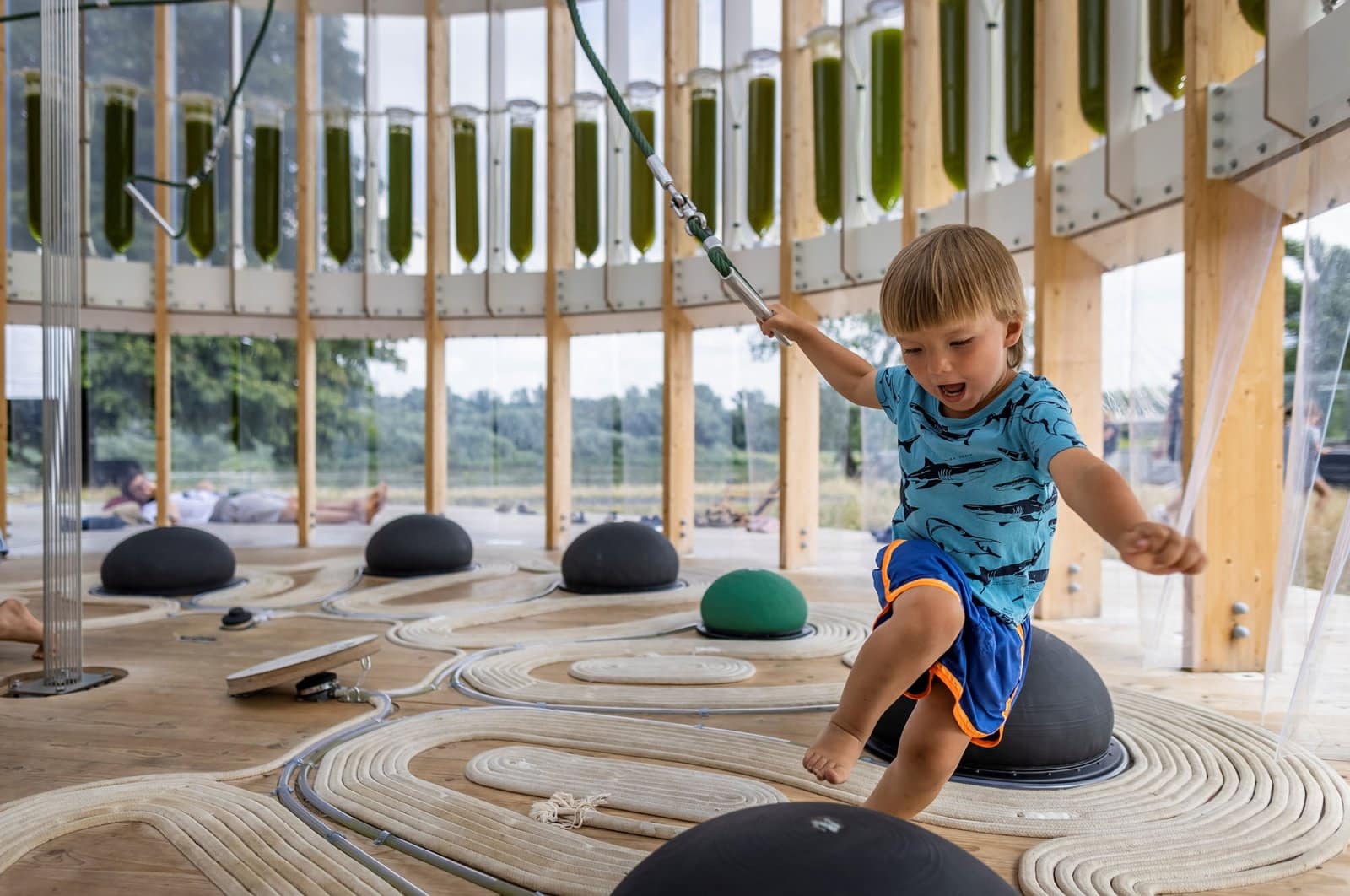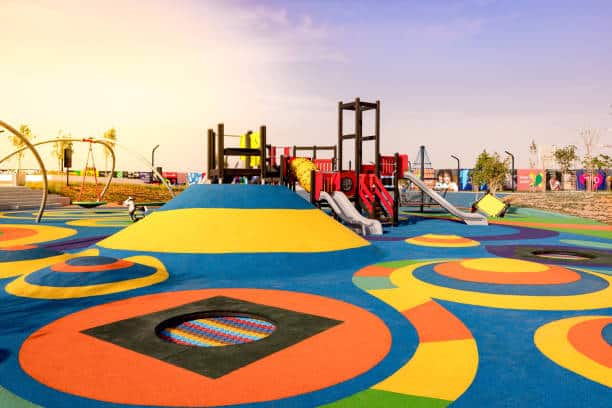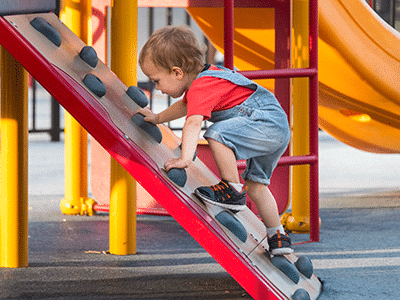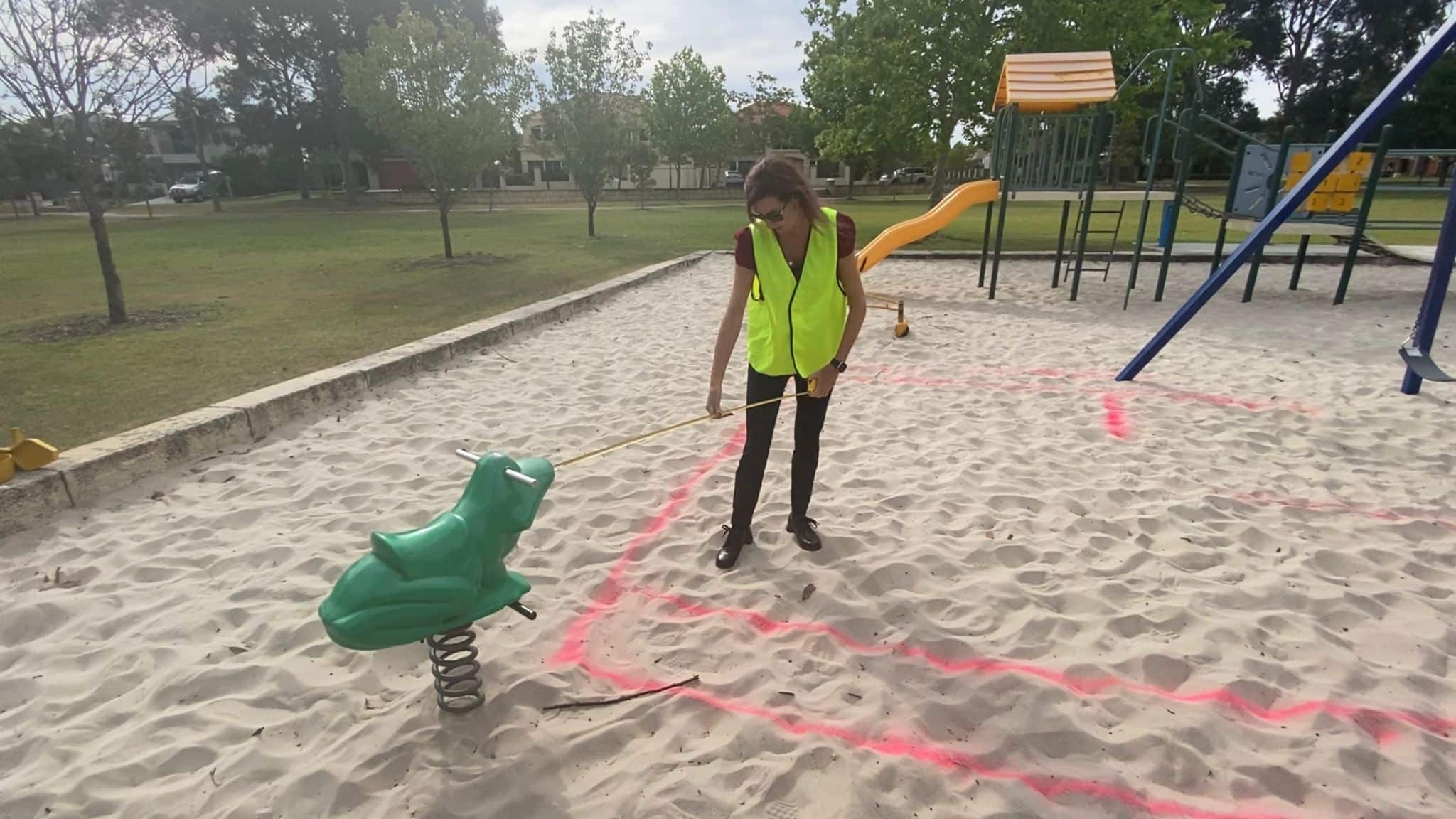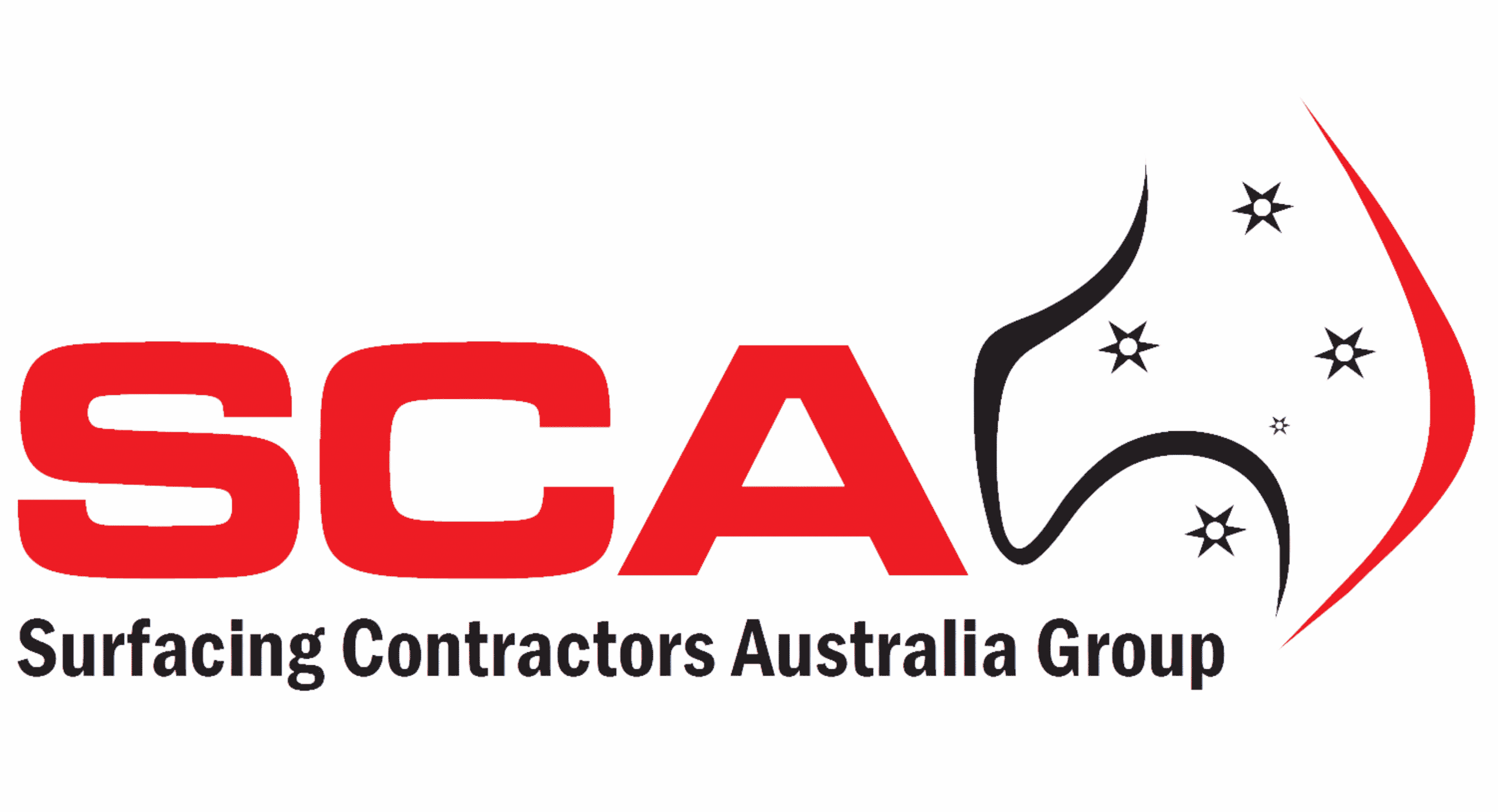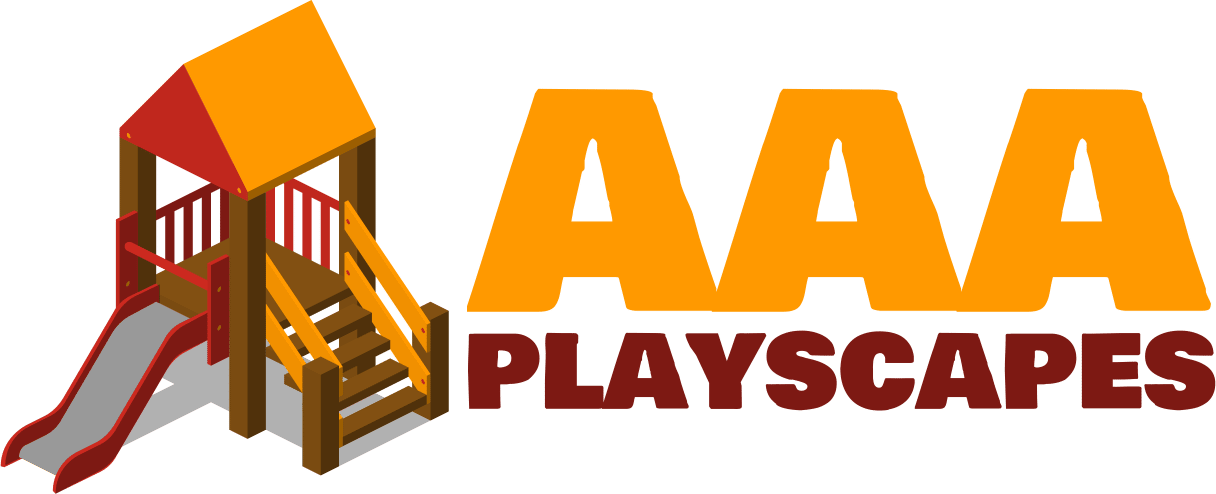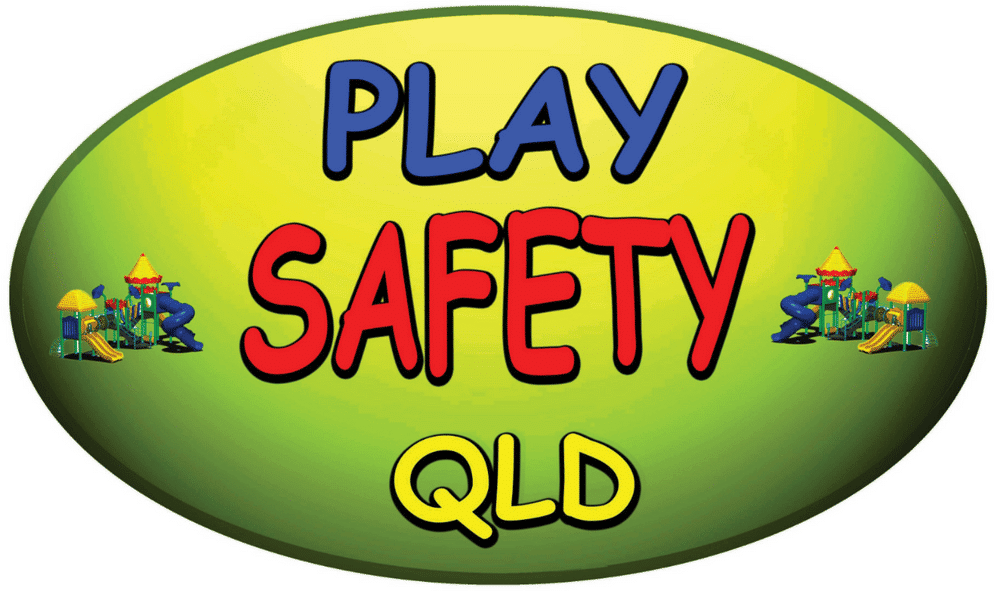Playgrounds are cherished spaces where children’s laughter and adventures take centre stage. However, behind the scenes, dedicated inspectors play a pivotal role in ensuring these play areas are not just fun but, more importantly, safe. In Australia, playground inspections follow a comprehensive framework outlined in Australian Standards. In this blog, we’ll delve into the different levels of playground inspections, providing a detailed look at how they work together to create safer play environments.
The Crucial Role of Playground Inspections
Playground safety is paramount, and inspections are the linchpin in maintaining it. Inspectors are responsible for assessing playgrounds to identify potential hazards, ensure compliance with safety standards, and ultimately create safe spaces for children to explore and play.
Australian Standard AS 4685 Part 0: Development, installation, inspection, maintenance and operation.
In Australia, playground inspections are conducted in accordance with Australian Standard AS 4685 part 0. This comprehensive standard outlines the requirements for playground equipment, surfacing, and safety across the country.
The Four Types of Playground Inspections
AS 4685 divides playground inspections into four distinct types, each serving a specific purpose:
1. Level 1: Routine Inspections
– Frequency: Regular basis, monthly to quarterly, depending on use.
– Objective: Routine inspections are the first line of defence. Playground owners or operators conduct these inspections regularly to identify immediate hazards or maintenance needs. They involve simple checks, such as ensuring that play equipment is free from damage, debris, or wear and tear (AS 4685.0:2017 clause no. 8.5.3).
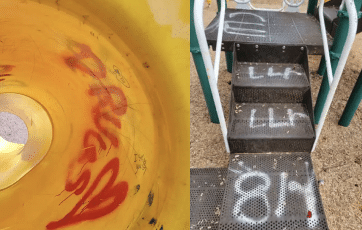
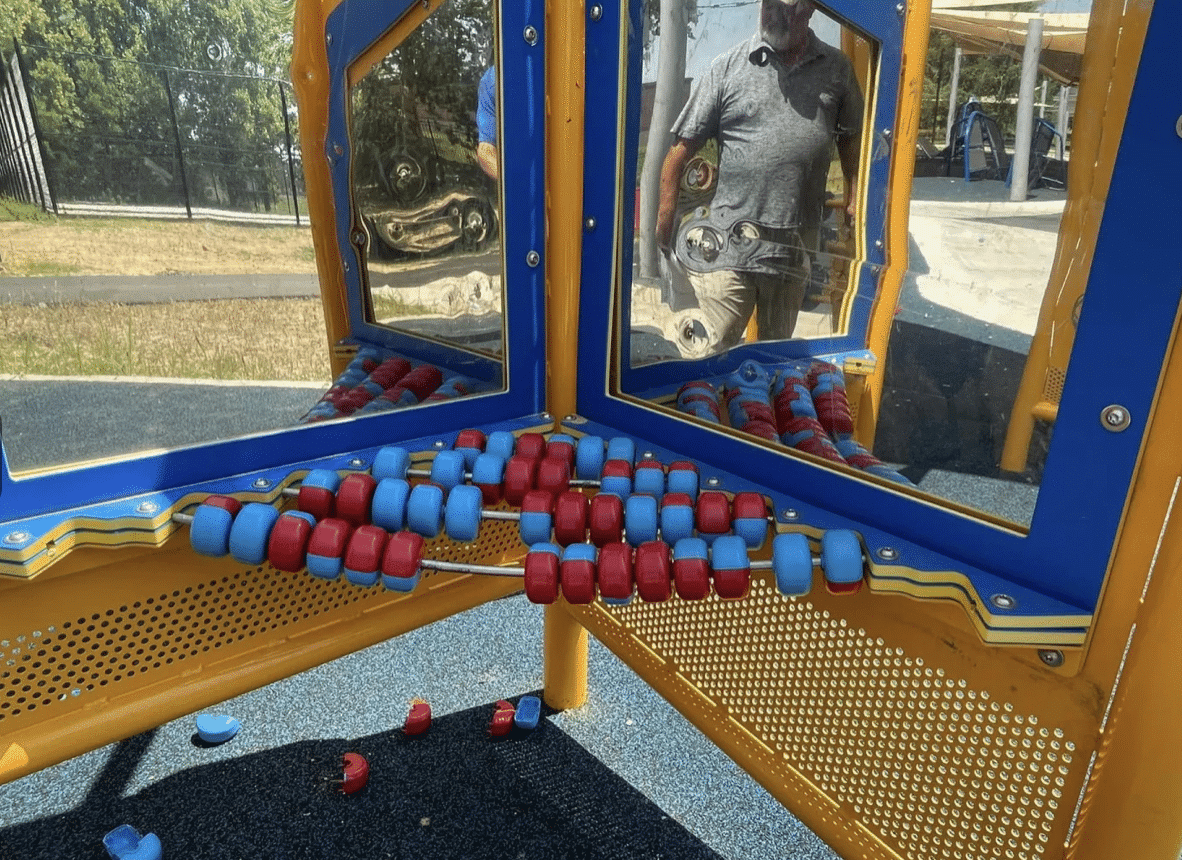
2. Level 2: Operational Inspections
– Frequency: Regular, monthly or quarterly basis unless there are compelling reasons
– Objective: Operational inspections are more comprehensive and typically performed by trained personnel or external inspectors. These inspections involve a detailed assessment of the playground’s equipment, surfacing, and compliance with safety standards. They aim to identify potential issues that could lead to accidents (AS 4685.0:2017 clause no. 8.5.4).
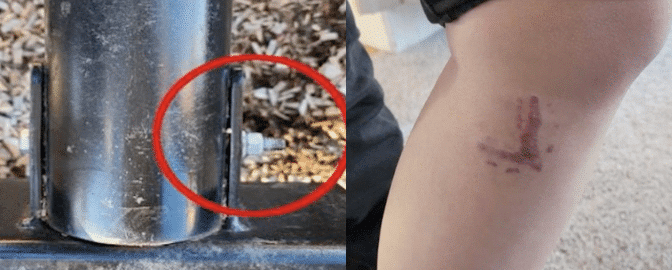
3. Level 3: Comprehensive Post-Installation Inspection
– Frequency: Once after installation.
– Objective: This inspection is conducted by a competent person to verify conformance and identify any tasks to be conducted to achieve conformance to the AS 4685 series and impact-attenuating surfacing test in AS 4422 prior to a playground opening. Inspection reporting is to also include risk, risk/benefit assessments that have been carried out on any non-conformance identified (AS 4685.0:2017 clause no. 8.5.2).
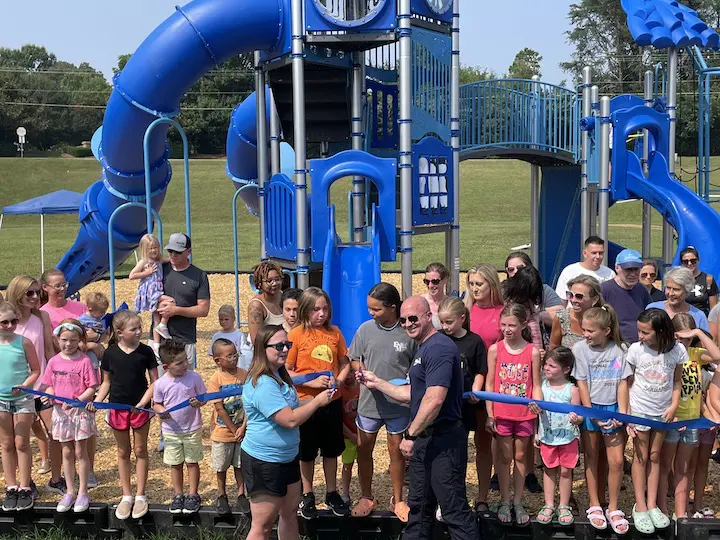
4. Level 3: Comprehensive Annual Inspections
– Frequency: Annually.
– Objective: This inspection is to be conducted by a competent person on an annual basis and like comprehensive post-installation inspection determine conformance with the AS 4685 series and establish the overall level of safety of the equipment and surfacing (AS 4685.0:2017 clause no. 8.5.5).
During a comprehensive safety inspection, hazards are categorized by their potential for causing severe injury. The resulting report will help you determine which hazards require immediate corrective action, which should be next on the list, and which are minor enough to allow corrective action as time and money permit.
The Collective Impact of Playground Inspections
Each level of inspection plays a vital role in the safety of playgrounds. Routine inspections catch immediate hazards, operational inspections maintain ongoing safety, major inspections address long-term issues, and post-installation certification inspections guarantee that new playgrounds meet the highest standards from the start.
Conclusion: A Safer Playground Experience
The four types of playground inspections, as outlined in AS 4685 part 0, work in unison to create safer play environments for children. These inspections not only identify potential hazards but also ensure that playgrounds adhere to rigorous safety standards. By investing in regular inspections, we can collectively contribute to the well-being and happiness of our children as they explore the world of play. Playground safety is a shared responsibility, and inspectors are at the forefront of making it a reality.
